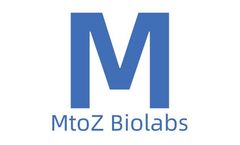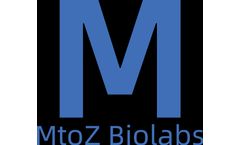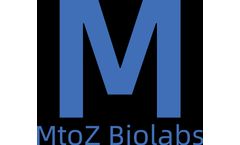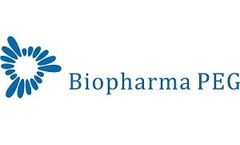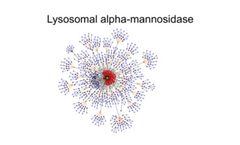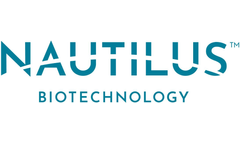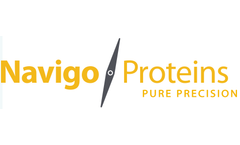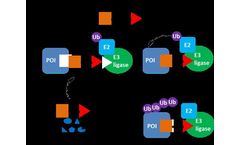Protein Therapeutic Articles & Analysis: Older
26 articles found
Knockin cell line generation represents a pivotal advancement in genetic engineering, providing vital tools for biological research and therapeutic development. This process involves the integration of specific DNA sequences into precise loci within the genome, allowing scientists to explore gene function, model diseases, and develop new treatments. ...
In the realm of biotechnology and pharmaceuticals, stable cell lines serve as a foundation for producing high-yield protein therapeutics, monoclonal antibodies, and vaccines. They are routinely employed to study gene function, signal transduction pathways, and drug screening processes. ...
Recombinant protein drugs are protein-based therapeutic drugs which are produced by using DNA recombination technology or other biotechnological methods. These drugs include cytokines, peptide hormones, recombinant enzymes, monoclonal antibodies, and fusion proteins. Compared to traditional low-molecular-weight synthetic drugs, ...
HCP (Host Cell Proteins) residual detection is a key quality control step in the field of biopharmaceuticals, aiming at ensuring that the proteins of the host cells used for producing therapeutic proteins in any cell-based production system are maintained at acceptable low levels in the final drug product.ImportanceHCPs are ...
Recombinant protein drugs are therapeutic protein drugs produced using DNA recombination technology or other biotechnologies. Compared to traditional low molecular synthetic drugs, they have the advantages of strong specificity, low toxicity, and significant therapeutic effects. However, as biological macromolecular drugs, ...
Prolonging Drug Half-Life The process of PEGylation, which involves attaching PEG chains to therapeutic molecules, has been a game-changer in prolonging the half-life of drugs. Many biopharmaceuticals, such as peptides and proteins, are prone to rapid degradation and clearance from the systemic circulation. ...
FBDD is particularly useful for targeting challenging protein targets, as the smaller fragment size can facilitate better access to binding pockets and overcome issues of poor solubility or cell permeability. In addition to these computational approaches, drug designers also rely heavily on the study of proteins and their interactions with potential drug ...
These methods can increase the expression of coding and non-coding genes specifically and controllably, reducing development and manufacturing costs and thus expanding the range of treatable diseases. Based on the demonstrated therapeutic potential and significant unmet medical needs, NBT is poised for rapid advancement in the future.Biological Upregulation of ...
The design goal of ADC is to deliver the drug directly to cancer cells, thereby minimizing the impact on normal cells.DAC is an emerging drug design that combines the targeting ability of antibodies with small molecules used to induce protein degradation. The antibody portion targets specific proteins, while the degradation agent prompts the cell’s degradation ...
Key Applications of Biopharma PEG's Azide PEG Series: ADCs and PROTACs: The Azide PEG series plays a pivotal role in the development of ADCs, connecting antibodies with cytotoxic drugs, and in PROTACs, facilitating the degradation of specific proteins for innovative therapeutic approaches. Drug Delivery: Biopharma PEG's Azide PEGs enhance drug solubility, ...
Current Technology Improvements in Protein Engineering Several key technological advancements are driving the rapid progress in protein engineering: Protein Structure Prediction: The ability to accurately predict protein structures has revolutionized protein engineering, enabling researchers to rationally ...
The plasmid carries the gene coding for the protein of interest, and the cell's machinery copies this gene and uses it as a blueprint to manufacture the protein. ...
The interaction between HCPs and therapeutic proteins is first removed by anionic surfactants, so that HCPs can be enriched using a molecular weight cut-off (MWCO) ultrafiltration step, and then identified by a "shotgun" quantitative proteomics technique and analysis of HCP in therapeutic protein drugs. ...
PEG hydrogels have been widely used for cell encapsulation and therapeutic protein delivery due to their tissue-like water content, adjustable physicochemical properties and resistance to nonspecific protein adsorption. ...
Cancer is a heterogenous mixture of diseases characterized by, among other things, the abnormal, uncontrolled growth of cells derived from otherwise healthy tissues (Hanahan 2022). Although cancer cells sometimes grow into balls of cells and stop there (so-called benign tumors), often they gain the ability to disperse throughout the body, seed the growth of other tumors, disrupt the function of a ...
Scientists continuously face pressure to purify biologics like protein therapeutics with maximum yield while minimizing cost and developing processes as quickly as possible. ...
Since the 1970s, PEG has been used to modify therapeutic proteins and peptides in order to increase their solubility, reduce their toxicity, and prolong their cyclic half-lives. ...
Snyder to Navigating Cancer’s Board and especially value her point of view as a recognized leader in oncology and therapeutic development,” said Bill Bunker, Navigating Cancer’s CEO. ...
Most of the drugs currently in clinical use are based on small molecules and use the "occupancy-driven" mode of action to inhibit the function of proteins and play a role in the treatment of diseases. Different from traditional small molecule inhibitors and antagonists, protein degradation technology has developed rapidly in recent years because of its ability to ...
Oxford Global kicked off another exciting discussion group all about RNA therapeutics and emerging technologies for their delivery. Those attending were experts from the leading authorities in the field. ...



